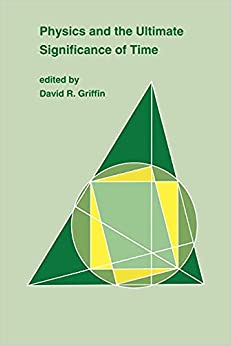Question
please provide written solution rather than typing. 1. A transducer generates frequencies from 2.0 MHz to 6.0 MHz. The main frequency is 3.0 MHz. Determine
please provide written solution rather than typing. 1. A transducer generates frequencies from 2.0 MHz to 6.0 MHz. The main frequency is 3.0 MHz. Determine the Q-factor. 2. A A continuous acoustic signal is generated in a transducer that is 0.2 mm thick. The speed of sound in the transducer is 7.2 mm/s. The signal is produced by an electrical signal with a frequency of 2.1 MHz. What is the frequency of the acoustic signal?
2.B
A pulsed acoustic signal is generated in a transducer that is 0.2 mm thick. The speed of sound in the transducer is 7.2 mm/s. The signal is produced by an electrical signal with a frequency of 2.1 MHz. What is the frequency of the acoustic signal? my teacher told me the following For 2A, since the signal is continuous, the frequency of the signal is the same as the electrical signal, 2.1 MHz. (however, does that means the answer stays as 2.1 no solving?) For 2B, since the signal is pulsed (which is used for imaging), we need to use the formula frequency = (the speed of sound in the PZT)/(2 X the PZT thickness). For this problem it would be (7.2 mm/microsecond)/(2 X 0.2 mm) = 18 MHz. (however i get 180 not 18)
Step by Step Solution
There are 3 Steps involved in it
Step: 1

Get Instant Access to Expert-Tailored Solutions
See step-by-step solutions with expert insights and AI powered tools for academic success
Step: 2

Step: 3

Ace Your Homework with AI
Get the answers you need in no time with our AI-driven, step-by-step assistance
Get Started


